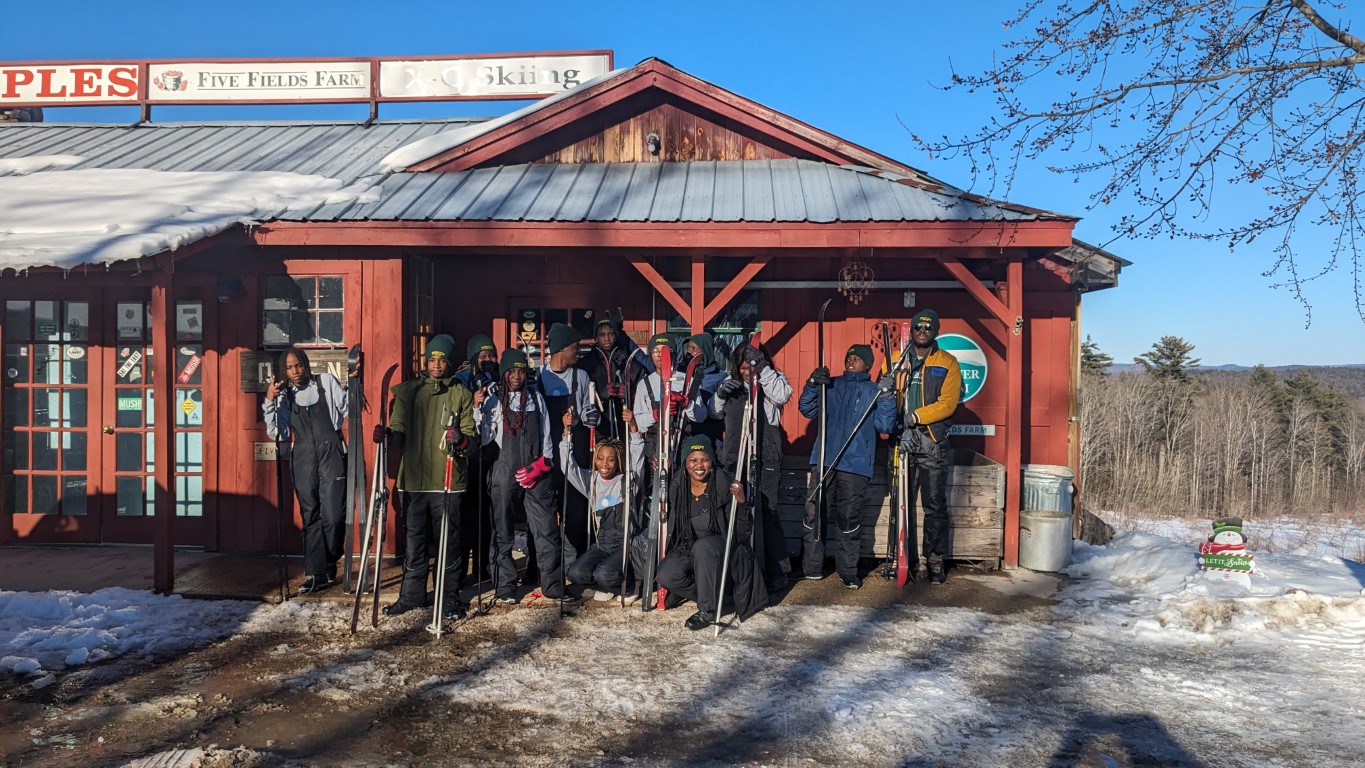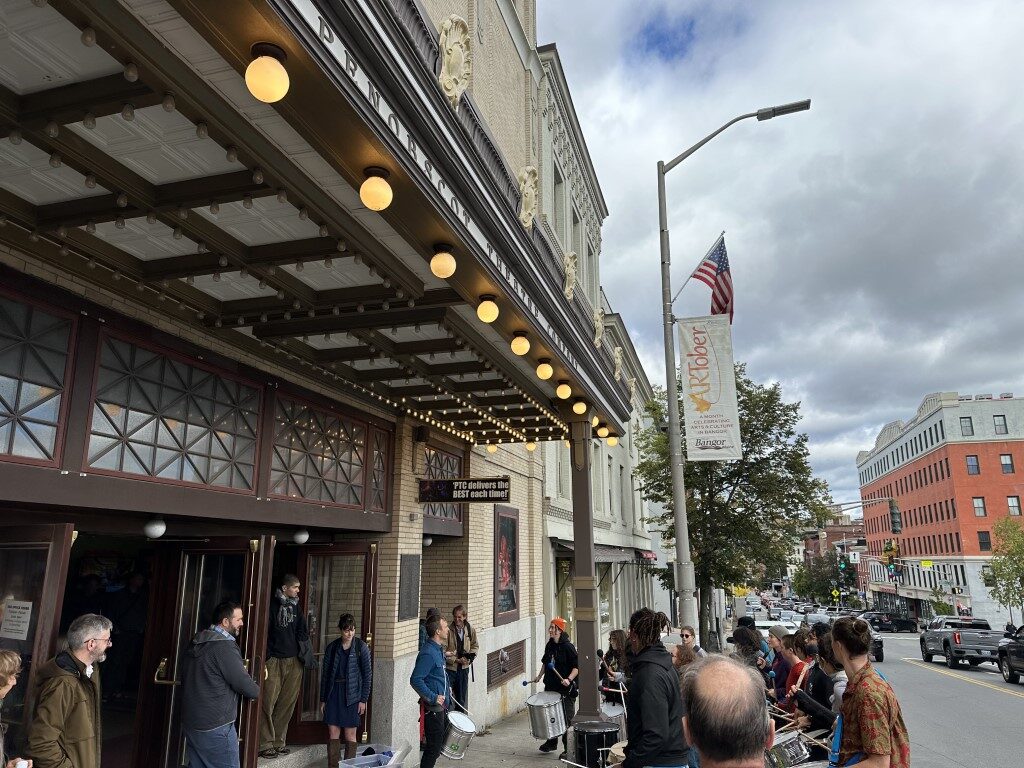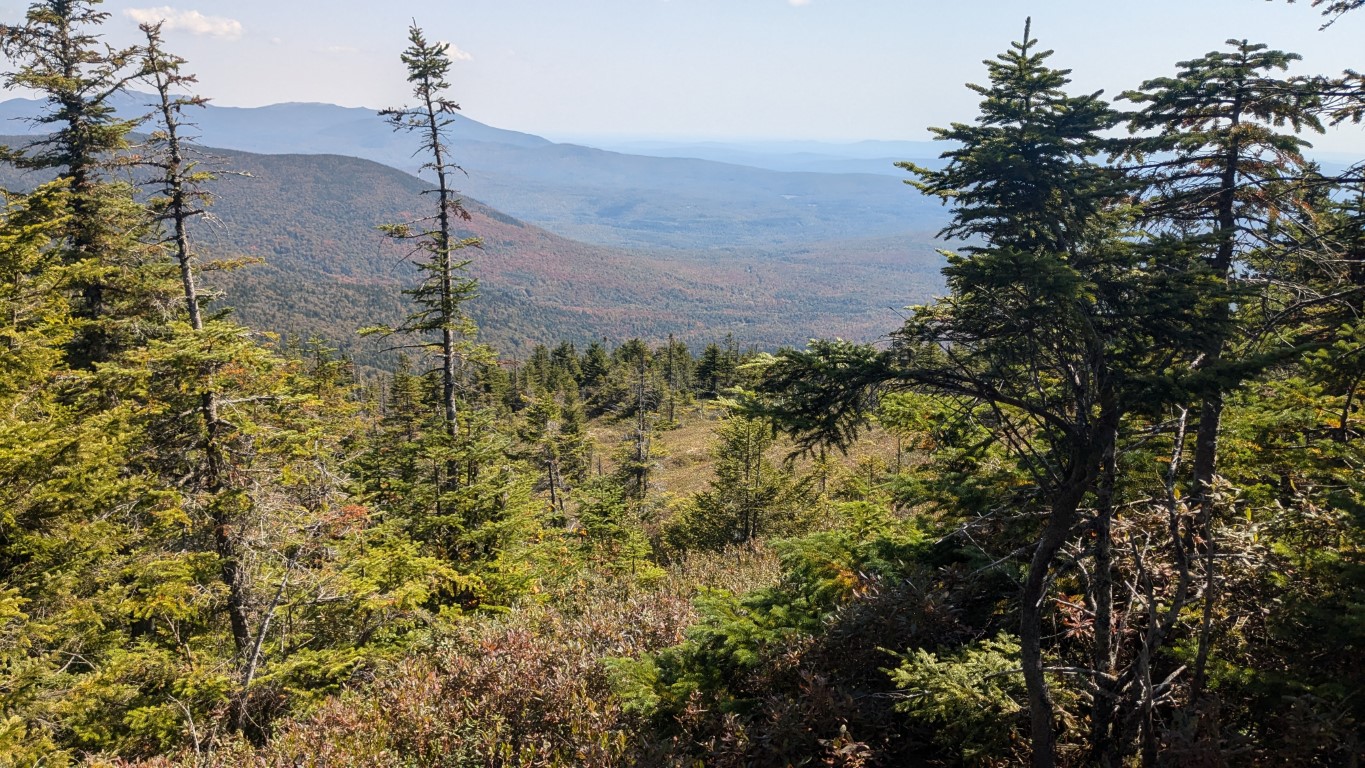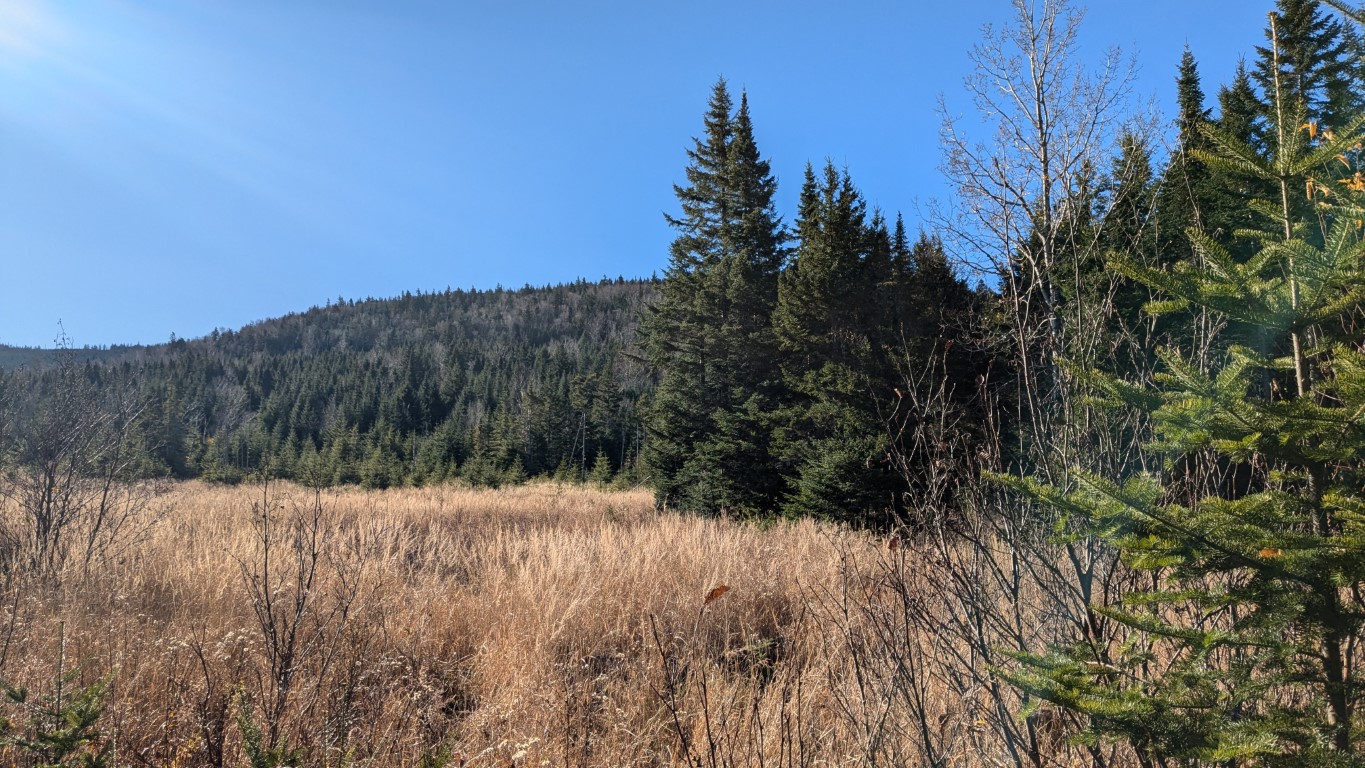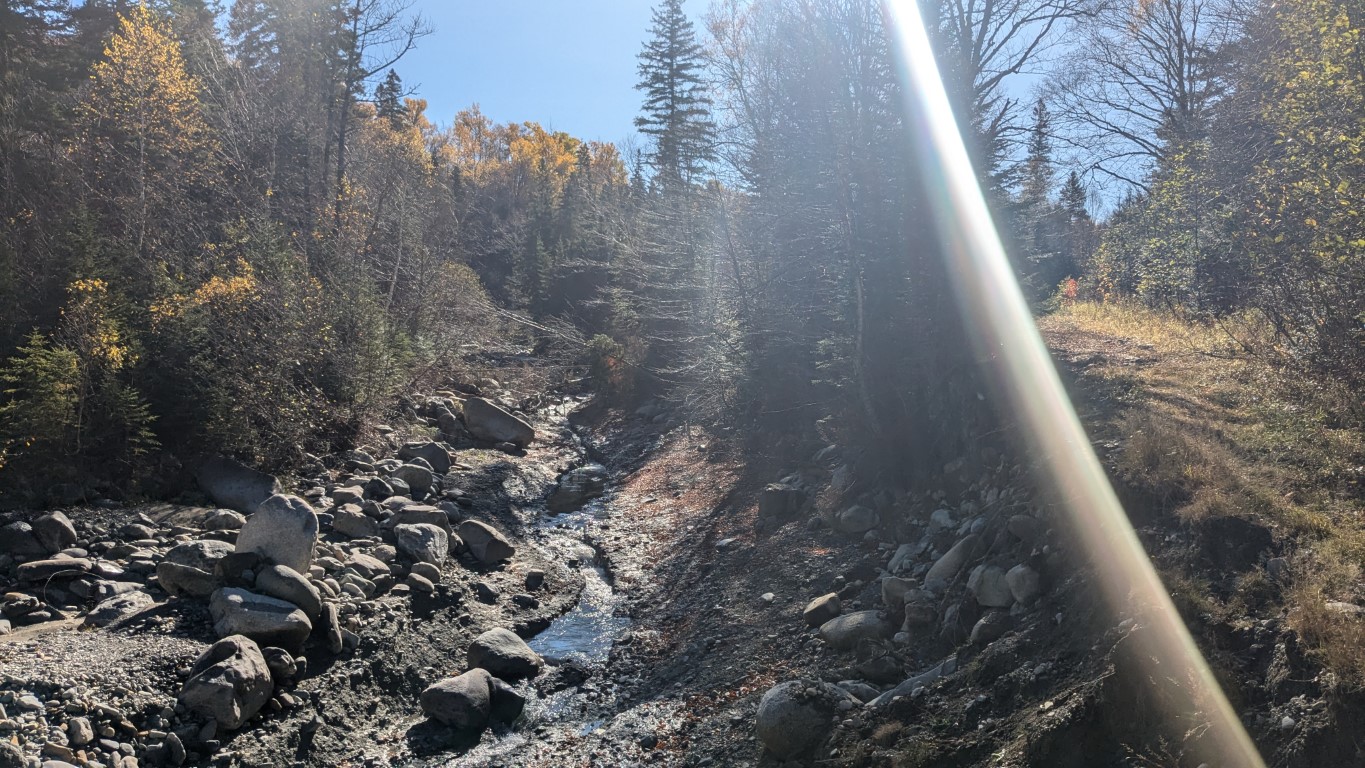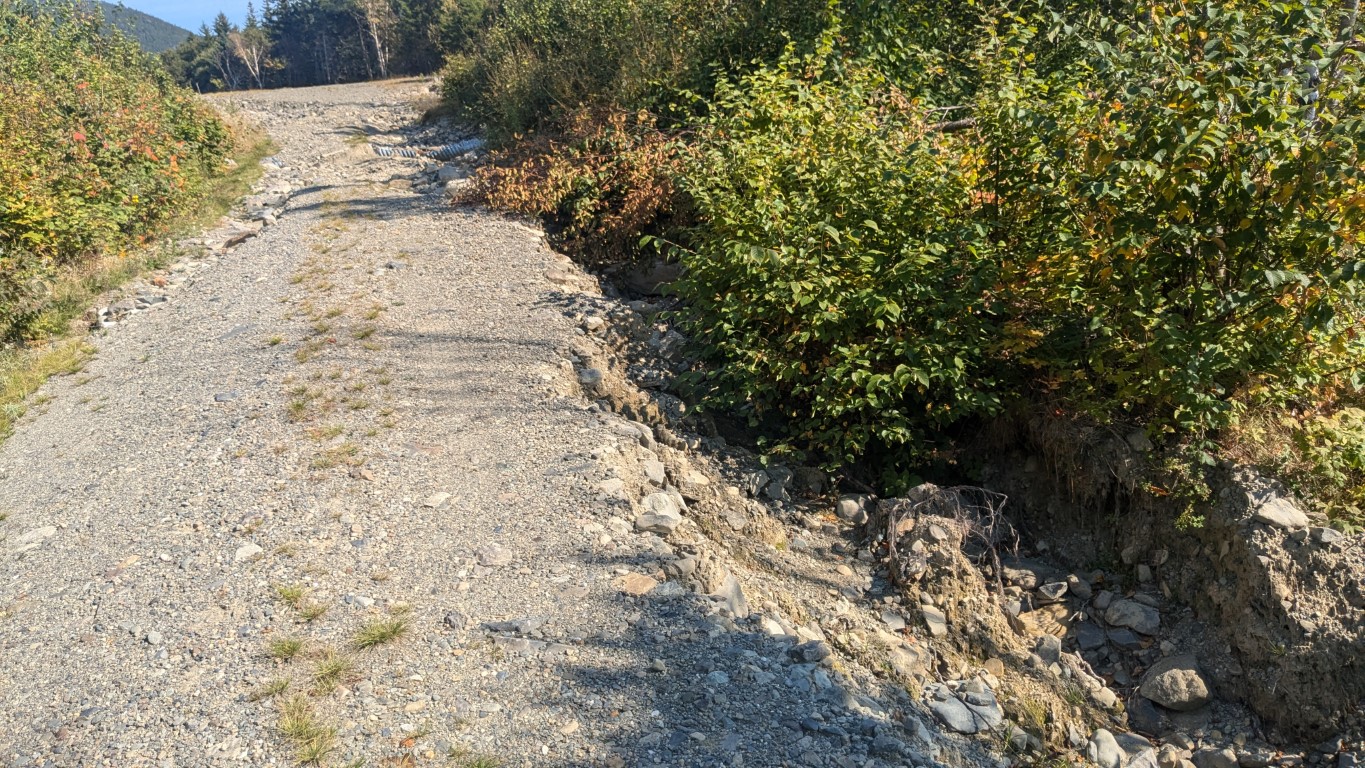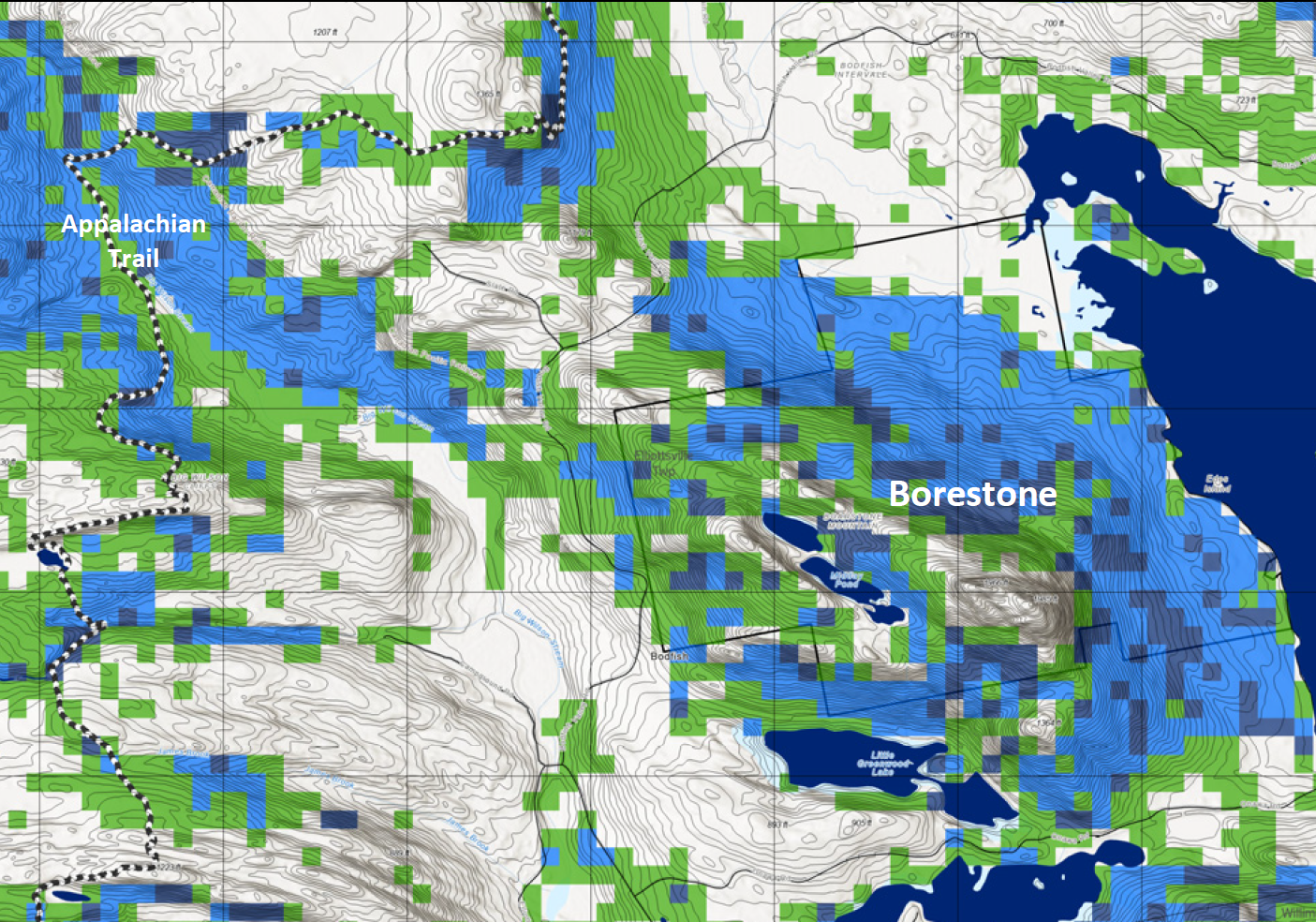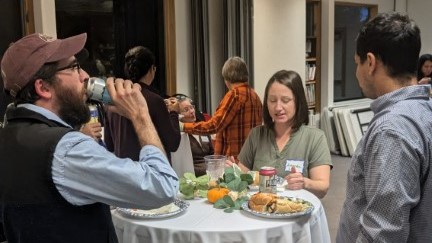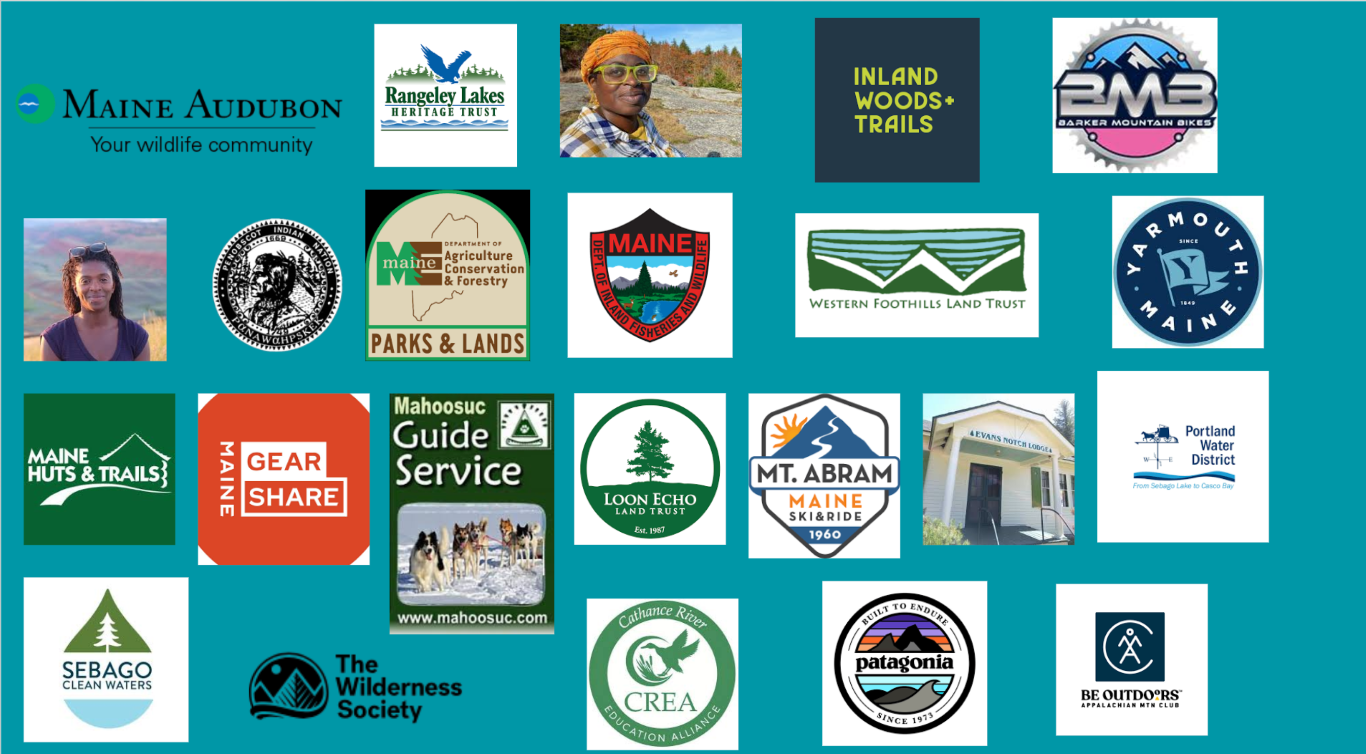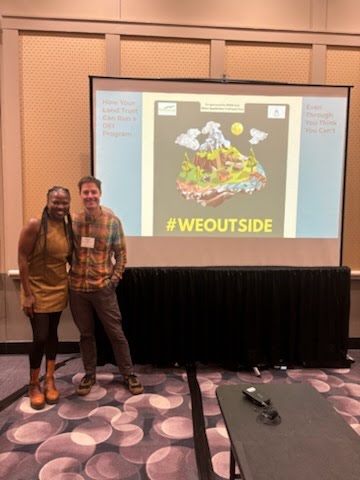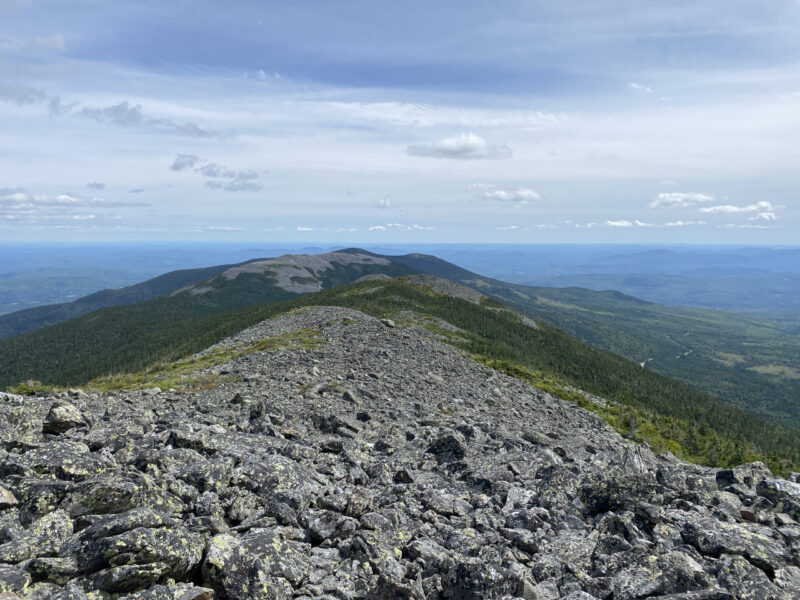The Maine Appalachian Trail Land Trust is pleased to announce the slate of winter trips to be run as part of the #WEOUTSIDE program with the Maine Association for New Americans. We’ll be teaming up with old friends and new to bring a new cohort of New Mainer teenagers out for some great experiences in the Maine outdoors this winter. Trips include:
- A cross country ski and snowshoe visit to Roberts Farm, where Western Foothills Land Trust is building a new experiential learning facility and garden.
- A downhill ski day with lessons at Mt. Abram.
- Ice fishing with the Maine Bureau of Parks and Lands and the Maine Department of Inland Fisheries and Wildlife at Range Pond State Park.
- Cross country skiing with Loon Echo Land Trust at Five Fields Farm.
- Meet and greet with the dogsledding teams of Mahoosuc Guide Service.
- Potentially some fat tire biking with Inland Woods + Trails.
- …and a special overnight trip in a secret location in Western Maine!
Our great partnerships with these amazing organizations is part of what makes this program possible. They are providing instruction, gear, facilities, and even food in some cases. All of this is essential to creating a memorable and positive outdoor experience for a great group of teenagers. Thank you to all!

